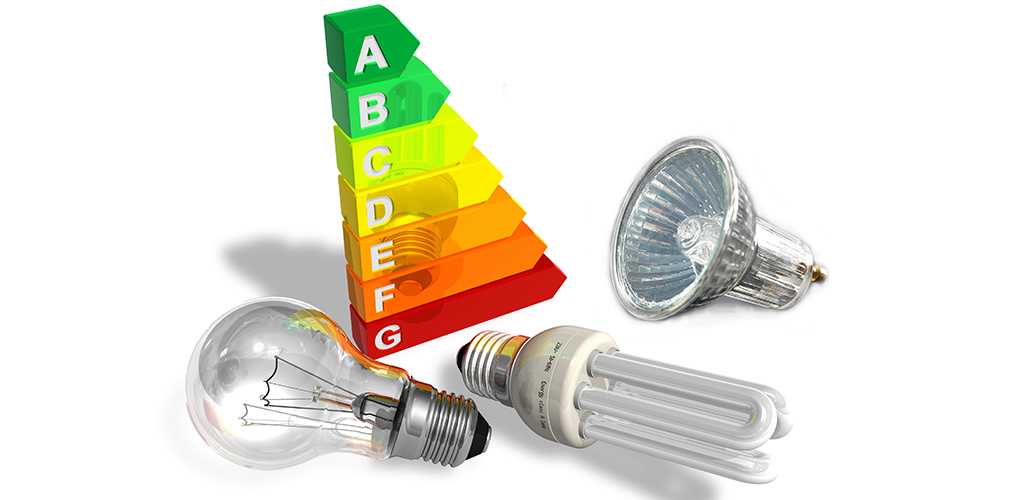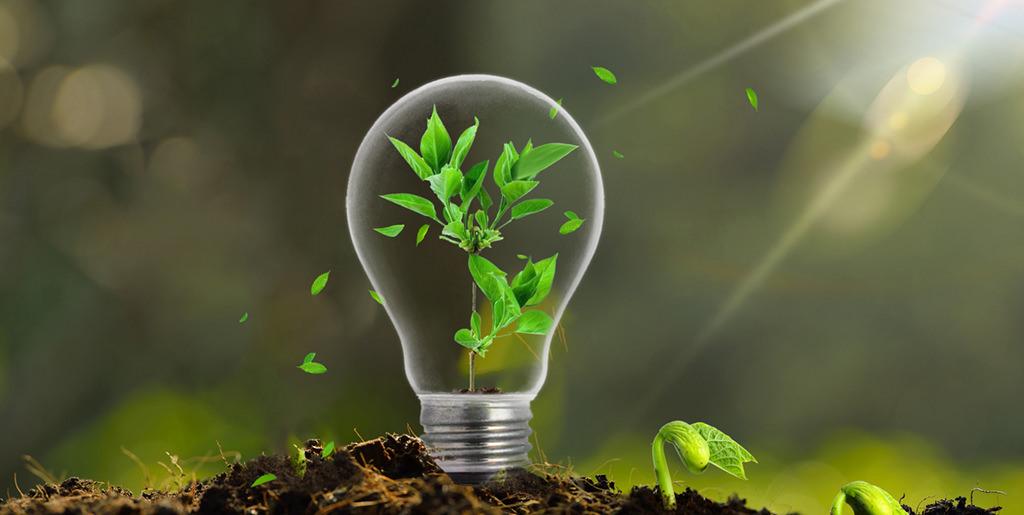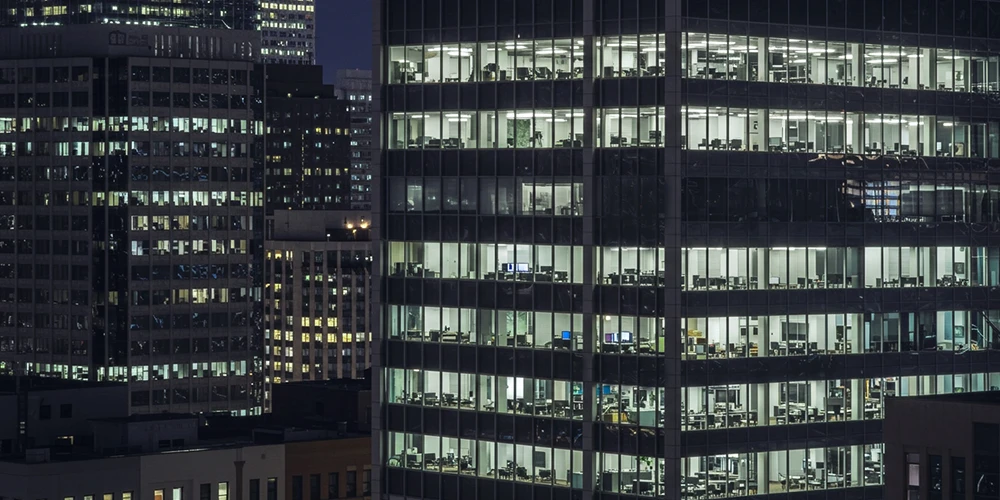
The ban on sales of halogen light bulbs will put into effect in the UK from this September under climate change plan, with a ban on fluorescent light following three yeas later. The ban of this time varies from others as it tighten the requirements in ending the sales of halogen light bulb, which means retailers can’t sell most of the halogen bulbs any more from this September. Actually, it is not the first time lighting bulbs have been banned. Many types of incandescent and halogen light bulb were already banned in former times. Here is a short list of the light bulbs ban up to now.
Stage |
Date |
Ban Details |
|
1 |
September 2009 |
Incandescent light bulbs equivalent to 100W or above are phased out Non-clear (frosted or pearl) 100W lamps must achieve minimum energy rating of A |
|
2 |
September 2010 |
Incandescent light bulbs equivalent to 75W or above are phased out Non-clear (frosted or pearl) lamps must achieve minimum energy rating of A |
|
3 |
September 2011 |
Incandescent light bulbs equivalent to 60W or above are phased out Non-clear (frosted or pearl) 60W lamps must achieve minimum energy rating of A |
|
4 |
September 2012 |
Incandescent light bulbs equivalent to 40W or above are phased out Non-clear (frosted or pearl) 40W lamps must achieve minimum energy rating of A |
|
5 |
February 2016 |
Amendment of defining “rough service” and “special purpose” light bulb |
|
6 |
September 2016 |
Phased-out of directional halogen lamps (like PAR and GU 10 spotlights) |
|
7 |
September 2018 |
Phased-out of all remaining non-directional halogen lamps |
The table clearly shows the government have planned to phase out the light bulbs that consuming more energy and giving off more heat during operating process. The main reason for phasing out those light bulbs is that they are a threat to climate change.
As we all know, globalization connects the world together, the ban to old-fashion light bulb is not related to a single country but the whole world. Governments around the world were take action to eliminate inefficient light bulbs. Japanese government required phased-out of incandescent bulb production and sales by 2012. However, US did not ban incandescent bulbs but required approximately 25% less energy use of electricity for household 40 to 100 watts light bulbs on the basic of Independence and Security Act of 2007.
All actions prompt to a move to energy and cost saving lighting - LED lamp. It is expected that LED light bulbs will cover about 85 % of all bulbs sold by 2030 in UK. Though official said the ban will help to reduce 1,26 million tones of carbon emissions every year and save households money on their bills, it is still confusing, costly and disturbing for many consumers.
Why governments ban or limits the use of conventional incandescent, halogen and fluorescent light bulbs and move to LEDs? Are LEDs really better than the conventional light bulbs? Generally speaking, LEDs have longer lasting life times and consume up to 80% less energy than traditional halogen light bulbs while producing same amount of light. There is a table of the comparison of the main characteristics between incandescent, halogen, fluorescent and LED lamp.
Lamp Type |
Incandescent Bulb |
Halogen Lamp |
Fluorescent Lamp |
LED |
|
CCT(K) |
2700 |
2700-3500 |
2700-8000 |
2700-8000 |
|
Efficacy (Lm/W) |
6-16 |
16-30 |
70-120 |
80-160 |
|
Lifetime(hours) |
1000 |
1000-3000 |
15000-45000 |
50000 |
|
Application |
Indoor, outdoor |
Indoor |
Indoor |
Indoor, outdoor |
|
Additional info |
High IR radiation |
High IR radiation |
High UV radiation |
Little UV and IR radiation |
|
Hazardous chemical content |
No |
Halogens |
Mercury, Neon |
No |
|
Starting time (to full output) |
slow |
slow |
Fast to instant |
Instant |
From the table, we can know that LEDs are better than traditional lamps in certain factors.
- LEDs have wide CCT (correlated color temperature) range. Different color temperature brings various feeling and atmosphere.
- LED lamps have higher efficacy than traditional lamps, which means LED can emit more light with the same power consumed. The total cost of LED lamps is very low compared to other bulbs. Choosing LED lamps may help you save money.
- LEDs can lasting up to 500,000 hours, significantly longer than other traditional lights. LED lamps are durable as they are just slowly lose their light output over the time.
- LEDs can not only apply for indoor but also outdoor. Some of them are equipped with outstanding waterproof, dust-proof and corrosion resistance ability.
- LEDs emit light with little UV (ultraviolet) and IR (infrared) radiation, which makes them widely used for the goods that are sensitive to heat and the materials subject to UV degradation.
- LEDs are environmental friendly because they are free of hazardous chemical content, such as halogens, mercury and neon. They are also more safer to users without hazardous chemical content.
- Unlike other traditional lamps, LED lamp turns on instantly, no waiting around for the bulb to warm up, reaching full brightness rapidly.
Efforts were make to save energy as well as the cost of using lamps by phasing out inefficient lamps from large power to lower. Lamps with larger power refers to more electricity consumption and carbon emission in common conditions. Infrastructures lighting, like street lights, were already replaced by LEDs in many countries. Conventional lighting Manufacturers are also transform the production from convention lamps to LED. They also try to develop advanced technology, producing higher efficient lamps with lower price. But government cannot force consumers to give up their remaining and usable conventional lamps in a short time. Consumers need adequate time to adapt the ban of conventional lighting bulbs.
However, the ban and limitations of incandescent and halogen lights are not the end to reduce the footprint on nature and protect us from climate change. We all know the problem of climate change is being more and more serious, the temperature is getting higher every year combined with extreme weather. If possible, why not replace the conventional lamps to a more energy and cost saving one. LED is the ideal choice for the replacement.













